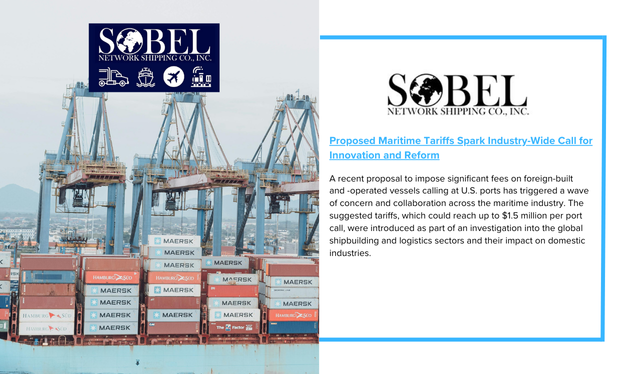A recent proposal to impose significant fees on foreign-built and -operated vessels calling at U.S. ports has triggered a wave of concern and collaboration across the maritime industry. The suggested tariffs, which could reach up to $1.5 million per port call, were introduced as part of an investigation into the global shipbuilding and logistics sectors and their impact on domestic industries.
The seriousness of the proposal prompted an unprecedented response. Hundreds of public comments and hours of testimony poured in, with stakeholders across the sector expressing deep concerns about the potential economic consequences. Many warned that such fees could pose an existential threat to their operations, particularly those serving niche or regional markets.
But amid the apprehension, something unexpected occurred—what might have initially seemed like a looming threat quickly transformed into a collective brainstorming session. Rather than dismissing the proposal outright, many participants offered constructive alternatives and policy suggestions aimed at revitalizing domestic shipbuilding and maritime commerce.
Stakeholders proposed a range of ideas, from implementing more flexible, per-sailing fee structures to phasing in charges over time or tiering them based on vessel type, cargo, and regional economic impact. These suggestions reflected a willingness to meet regulatory goals in ways that would minimize disruption to the supply chain and broader shipping ecosystem.
Some industry experts suggested channeling any collected fees into a dedicated trust fund to directly support the nation’s maritime sector. Others floated innovative alternatives like per-container charges that mirror foreign subsidies—an approach intended to level the playing field while minimizing logistical upheaval.
The core takeaway from this process is clear: the imposition of potential economic penalties, however controversial, succeeded in drawing widespread attention and spurring a much-needed dialogue. It galvanized industry players to think beyond immediate concerns and engage with longer-term solutions to strengthen domestic capabilities.
Rather than remaining a simple up-or-down debate, the proposal became a catalyst for reimagining policies that could foster investment, resilience, and innovation in the U.S. maritime landscape.


